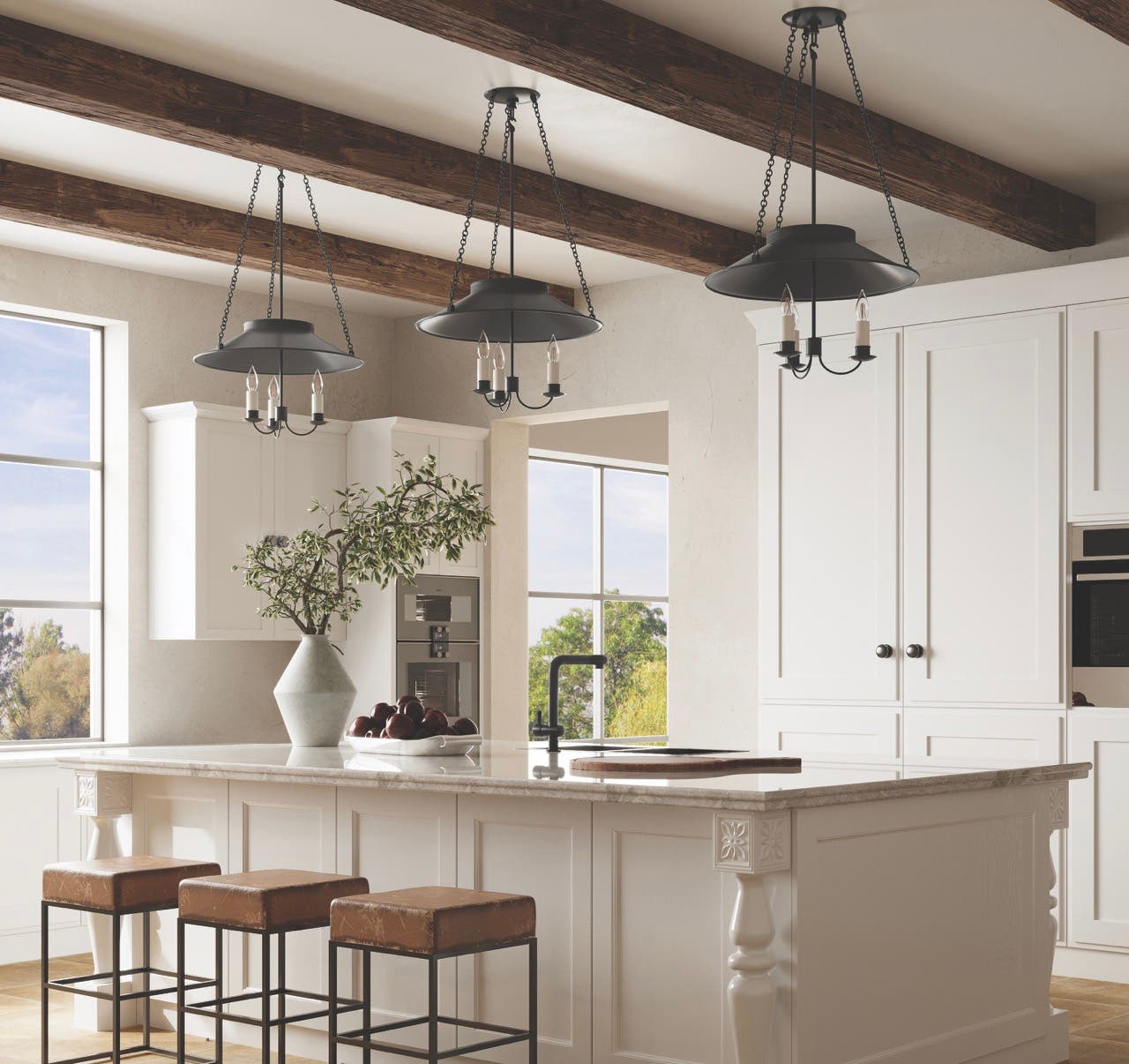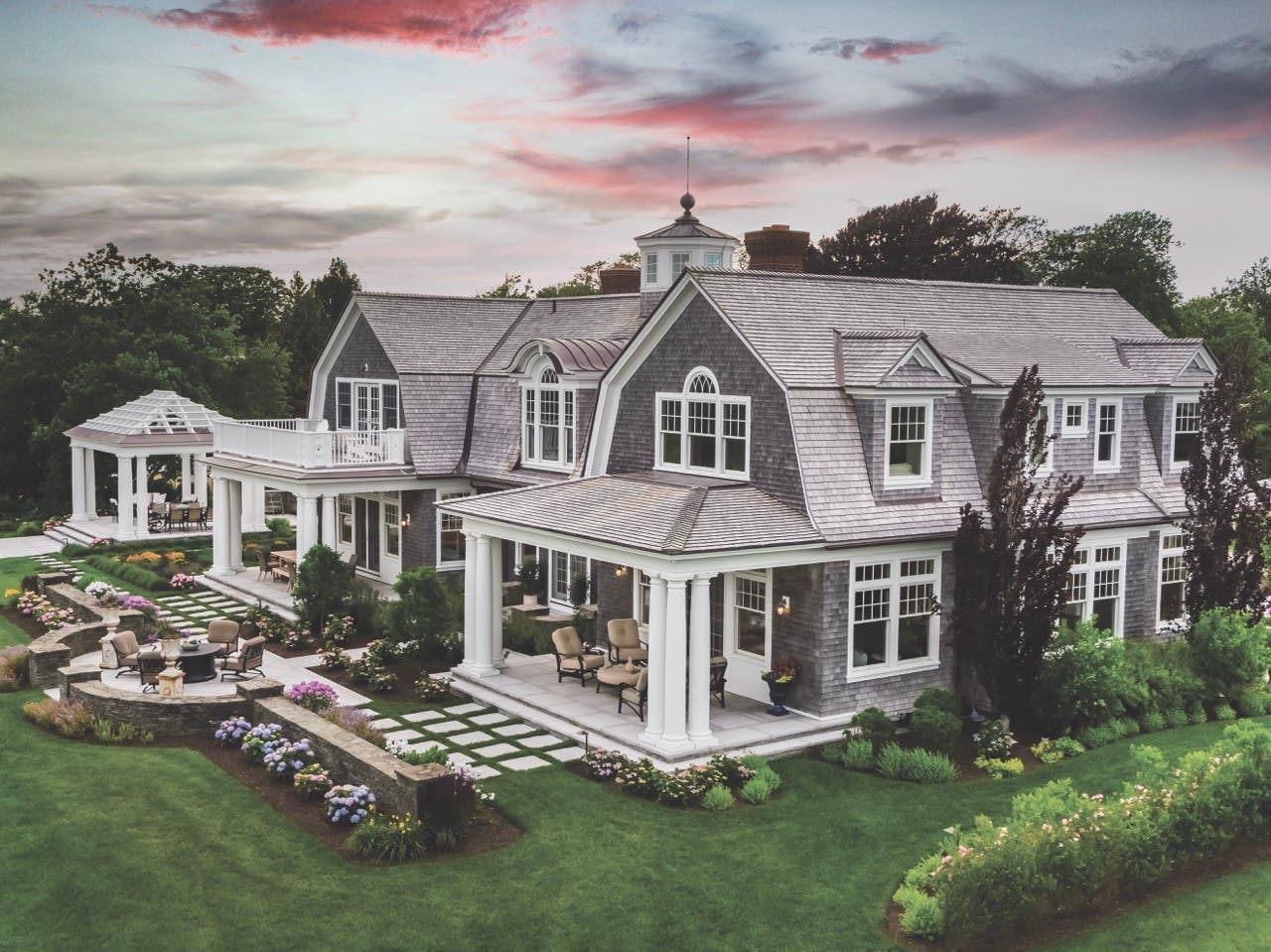
Product Reports
Columns and Porches
With their graceful forms, classical columns have been adding drama and interest to exterior entrances and porches since ancient times.
It was the Greeks who gave us the original trio of architectural orders—Doric, Ionic, and Corinthian—and it was the Romans who added the Tuscan and the Composite to the balanced equation.
Although their stated purpose was to hold up other architectural elements, notably porches, it is their timeless beauty that makes for columns’ enduring popularity.
The porch, too, is making a comeback as home buyers are placing a priority on outdoor areas that blur the lines between interior and exterior spaces.
Here are some of the companies that are carrying on tradition, promulgating the classic orders by producing these elementary building blocks of classical architecture.
Aeratis Porch Products
The historically accurate porch products manufactured by Aeratis Porch Products are specially formulated to be resistant to temperature changes and water.
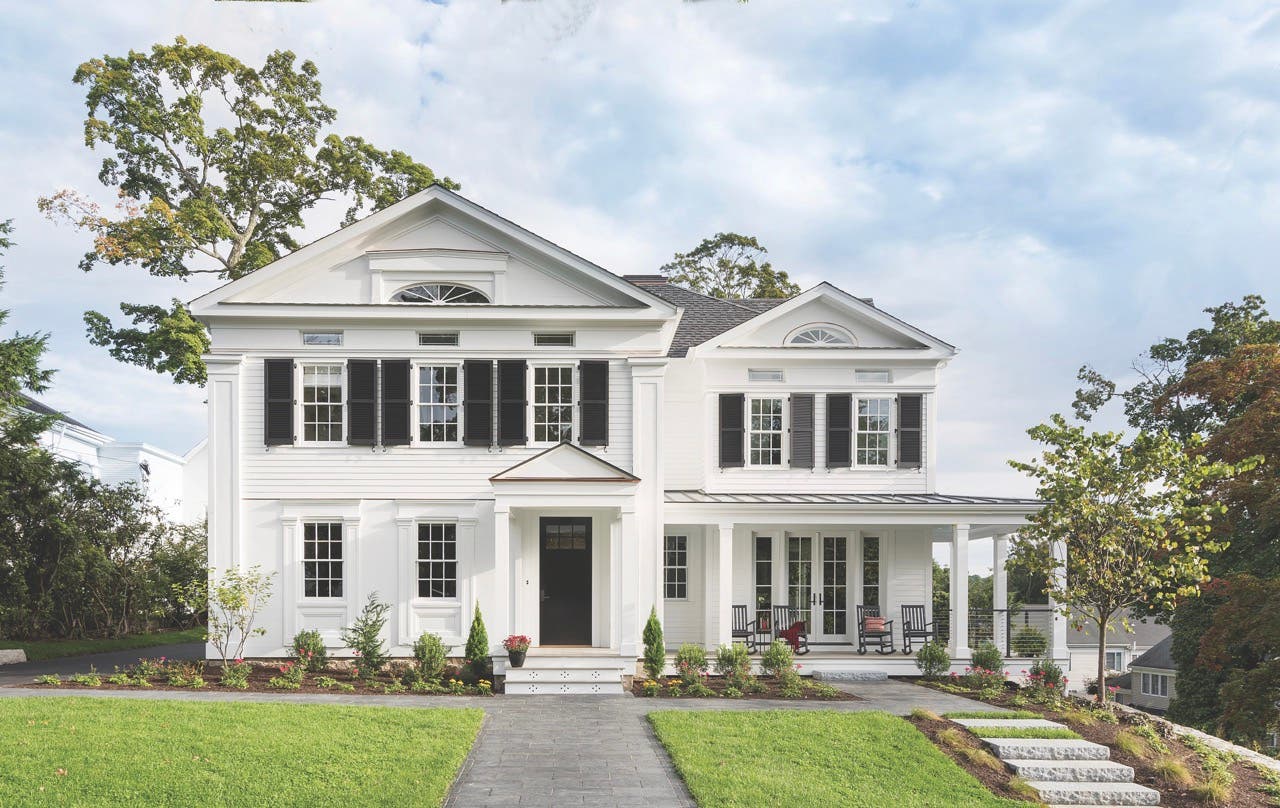
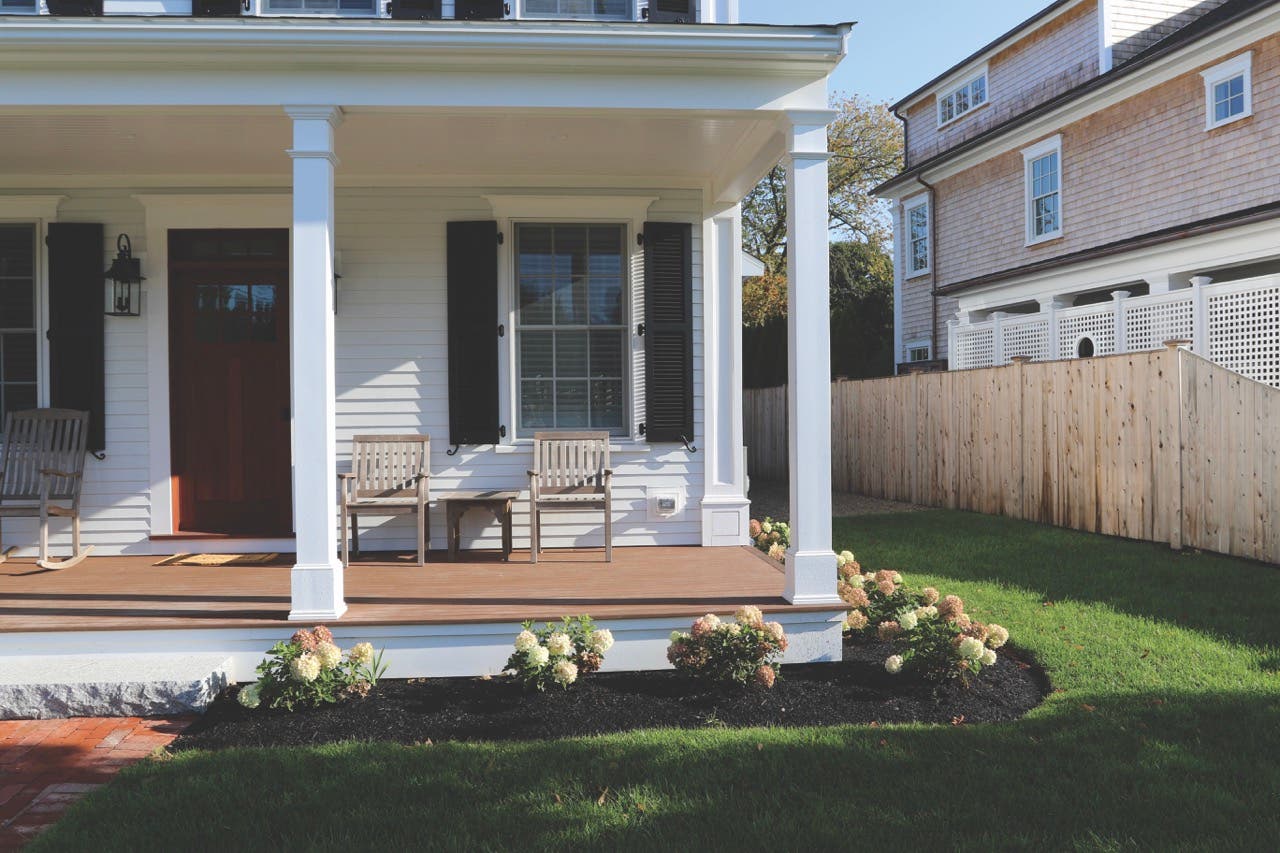
“By controlling these two effects on building materials, we can engineer products that outperform many others on the market,” says Chris Tidwell, vice president of sales and marketing.
The company, which is based in Tennessee, has been making shutters since it was established in 2005 and is adding custom historic windows, columns, trims, and siding early next year.
“I love trying to understand why homes and materials were designed the way they were,” says Tidwell, a partner in the company. “I love understanding the purpose and functionality of products used on the outside of houses.”
Chadsworth Columns
Established in 1987, Chadsworth Columns is dedicated to creating classically correct columns.


The family-owned company, which specializes in architectural columns, pilasters, capitals, balusters, and various other architectural elements in a variety of materials, offers standard and custom designs and reproduces historical components for restorations.
“We have never ceased our studies to deliver the most architecturally correct columns and millwork,” says Founder and CEO Jeffrey Lynn Davis, whose studies began more than three decades ago with the Institute of Classical Architecture & Art. “Our specialty is delivering what is designed, not necessarily what is ‘stock,’ and our expertise is in our years of experience and training in classical architecture.”
Chadsworth Columns’ newest top-tier FRP column line, Premier Architectural PolyStone, features actual, rather than nominal, dimensions and is mirrored from the ICAA primer.
“Columns are one of the few building elements that have been here since ancient times,” Davis says. “Though materials and designs progressed through the ages, columns represent a basic building component with the capacity to add beauty and meaning to a structure.”
Stone Legends
The cast-stone specialist Stone Legends has been creating columns, veneers, balustrades, and window and door surrounds for more than three decades.
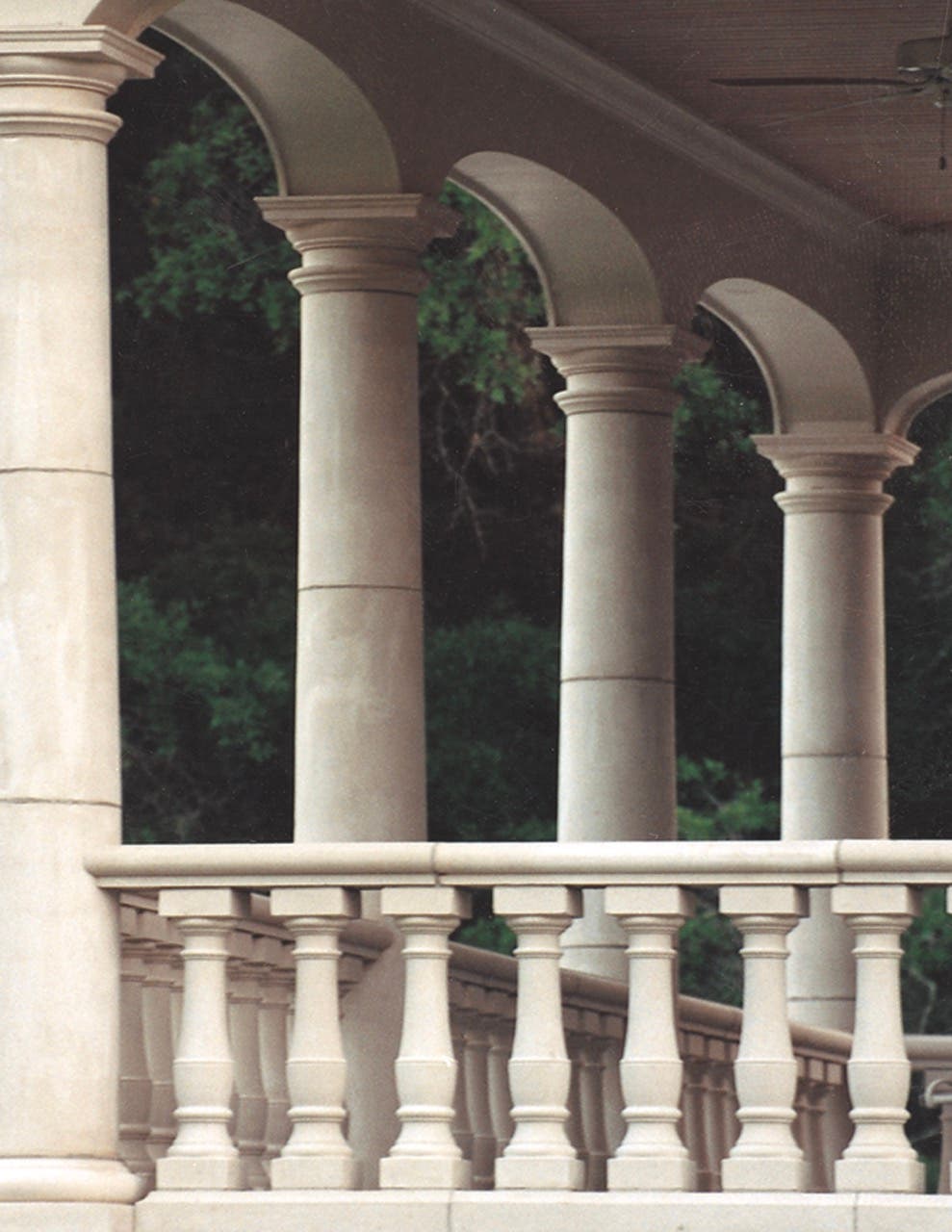
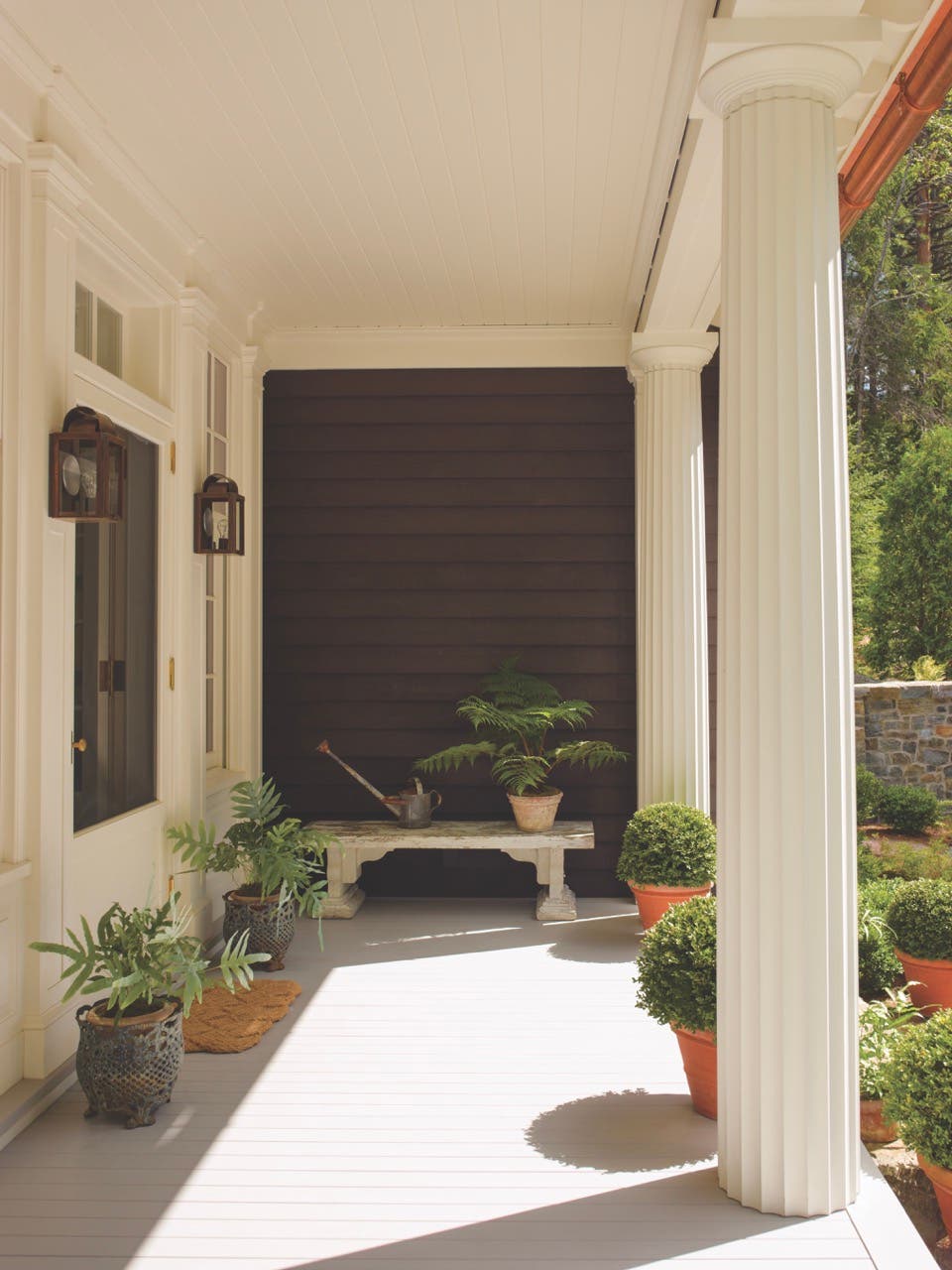
“We’re passionate about what we do because cast stone, which we make by hand, was a craft that was almost lost,” says Richard Carey, the owner of the Dallas-based company. “We played a big part in making cast stone an embellishment of masonry that is still considered the oldest and best choice of any time-tested building material of all time.”
The family-owned and -operated company often produces more than 20 million pounds of cast stone a year. “We’ve done that for a lot of years,” Carey says. “To put that in perspective, it would be more than 25,000 18-wheeler trucks fully loaded over three decades shipped to all 50 states in the USA.”
Noting that “practice comes with age,” Carey says that Stone Legends’ craftspeople, some of whom have 30 years of experience, have passed their skills down from one generation to the next.
And he notes that the next generation of his family “is heavily entrenched into what promises to be many years yet to come.” TB







